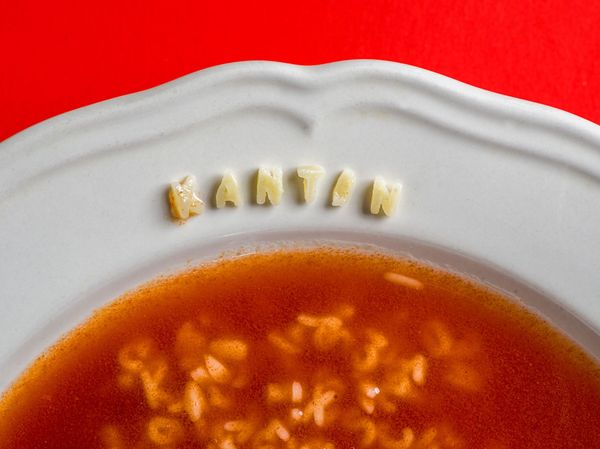The carnival period is a time of masquerading and merry-making for the peoples of the world. But where did this tradition come from and how did it spread? In this article, we take a look at this question.
History
Carnival celebrations originated from Germanic and Roman pagan customs and folk beliefs. One of the best-known precursors is the Roman festival of Saturnalia, which was held in honor of the god Saturn at the winter solstice each December. People would debauch for days, as during these events they could carouse without compunction. The revelry usually began on 17 December, but the exact number of days varied over the centuries, from three days to seven.
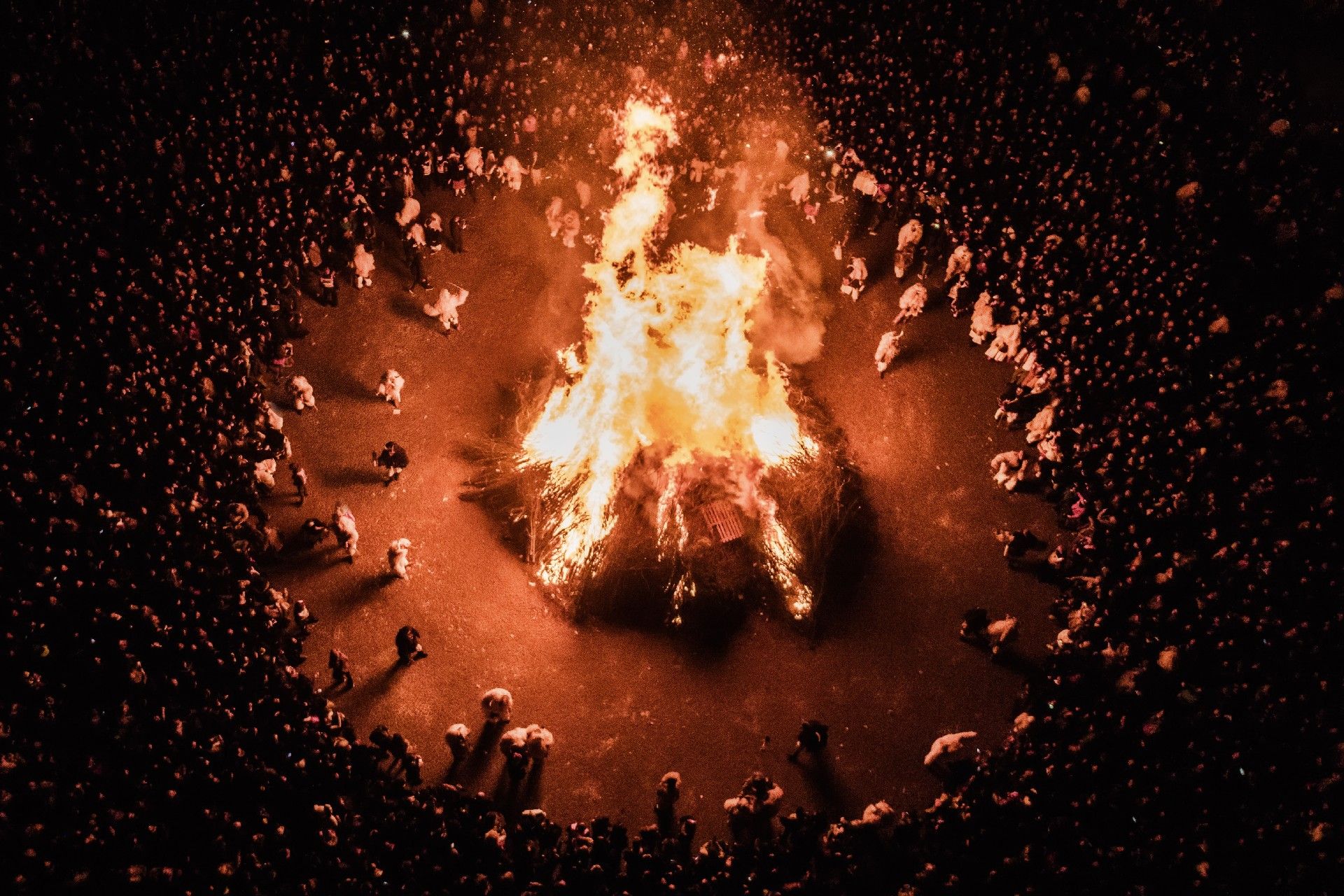
As tradition has it, this was the time when people reminisced about the halcyon age of Saturn’s reign, when men were equal and society was made up of free folk instead of lords and servants. This is what made this celebration so famous, as legend has it that the social roles of slaves and their masters were reversed during the festival. Slaves could talk back, sit at the table with their masters and even give orders.
But historians warn us not to take these legends too literally, as different sources offer different accounts of the subject. Many believe that these practices if they even existed, were intended to reinforce the social norms that governed the lives of the people throughout the year and to perpetuate the hegemony of the ruling class.
Many also see the Saturnalia as a forerunner of Christmas, as gift-giving was a common practice during the holiday, and they fell close together in time.

Carnival
The carnival period runs from the day of the Epiphany, 6 January, until Ash Wednesday, which marks the beginning of Lent. The Hungarian carnival is one of the multiple celebrations whose role is to mark the end of winter and to invite spring, and its most important features include masquerading in masks and disguises and painting the town red. These types of festivals include the Venice and Rio Carnivals, the Dutch Vastenavond, and, of course, the Busójárás (Busó parade) in Mohács.
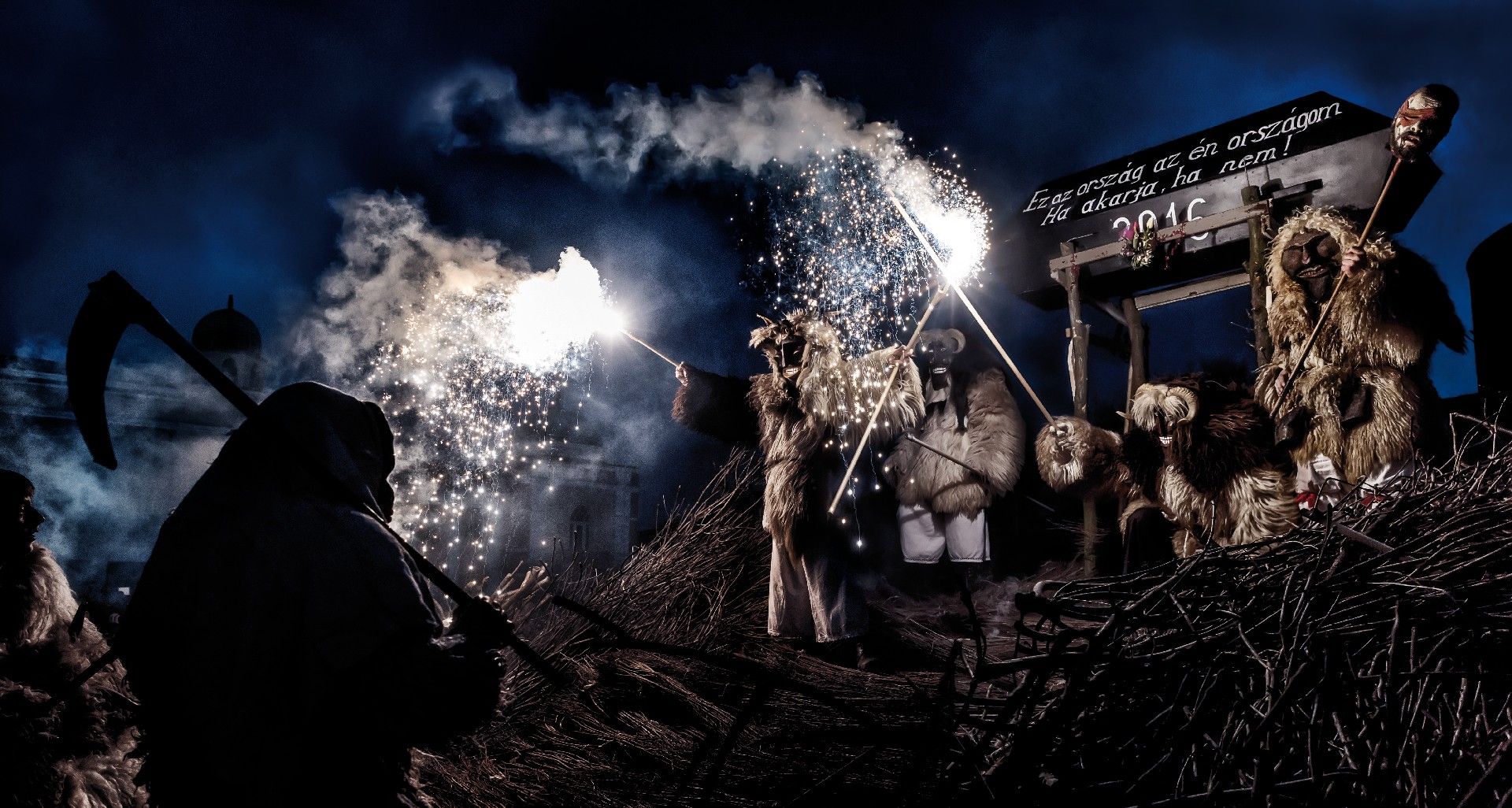
The Hungarian word for carnival, “farsang,” comes from the German word “vaschang,” which is of Bavarian-Austrian origin and refers to the days before Lent, when it is still allowed to eat meat. Therefore, it is not surprising that this custom appeared in our country primarily as a result of German influence and became widespread around the 15th century. During this time it was mostly the common people who were influenced by German customs, while customs of the court were dominated by Italian traditions, yet it was still the former that survived in Hungary.
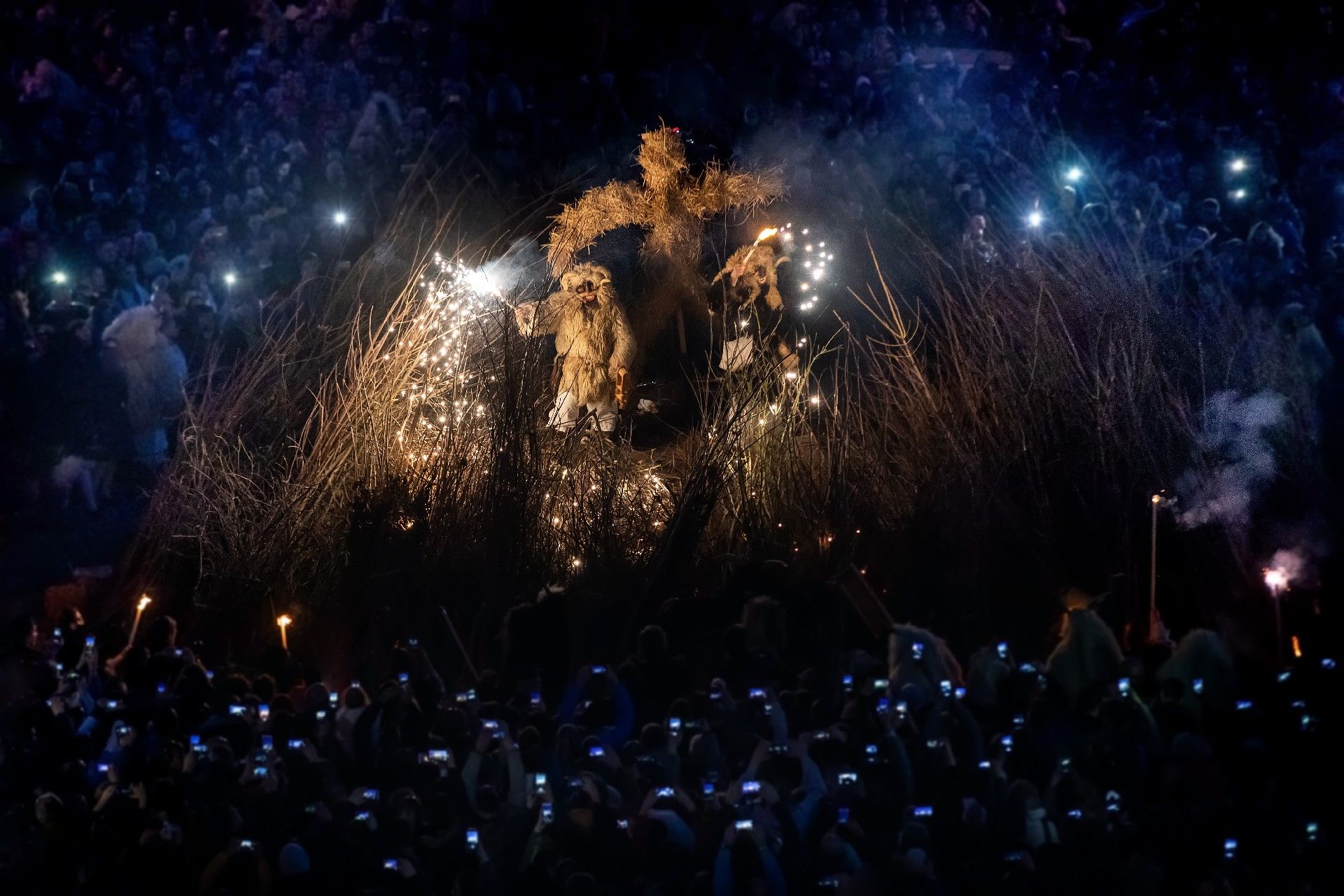
In addition to pagan traditions, carnival festivities are rooted in the popular belief that at the end of winter, when the days are shortest and the nights darkest, evil spirits invade the world, whom people tried to ward off with loud merrymaking, frightening costumes, and masks, or even by burning a straw witch.
“Even among the Christians, there are many messy mischiefs that are committed. For some took larvae, dressed themselves in the garments of the different sexes, performed many improprieties: some took upon themselves many robes of many figures, dressed themselves as infernal creatures: for which reason many called this the Feast of Devils,” writes the late 18th-century literary historian Péter Bod in his Szent Heortokrates.
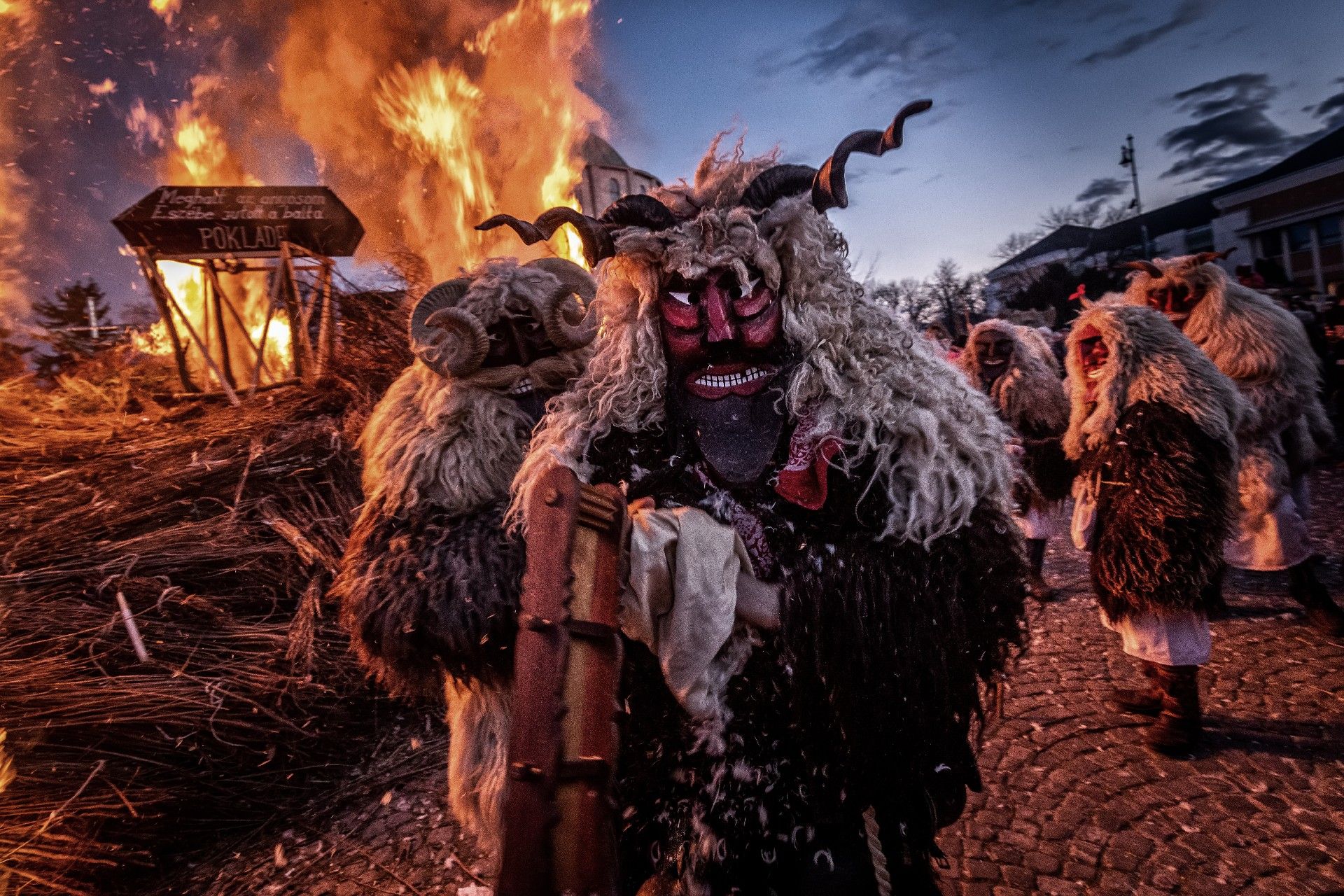
The Busójárás of Mohács
One of the most famous attractions in Hungary is the Busójárás of Mohács, which takes place on the first full moon after the vernal equinox and has been on the UNESCO Cultural Heritage list since 2009. The Busójárás is a celebration of the South Slavic Šokci people, and it is known as poklade in Croatian. As well as feasting and revelry, the tradition involves parading of the Busó groups through the streets to the main square of the town, where they begin their “free carnival.”
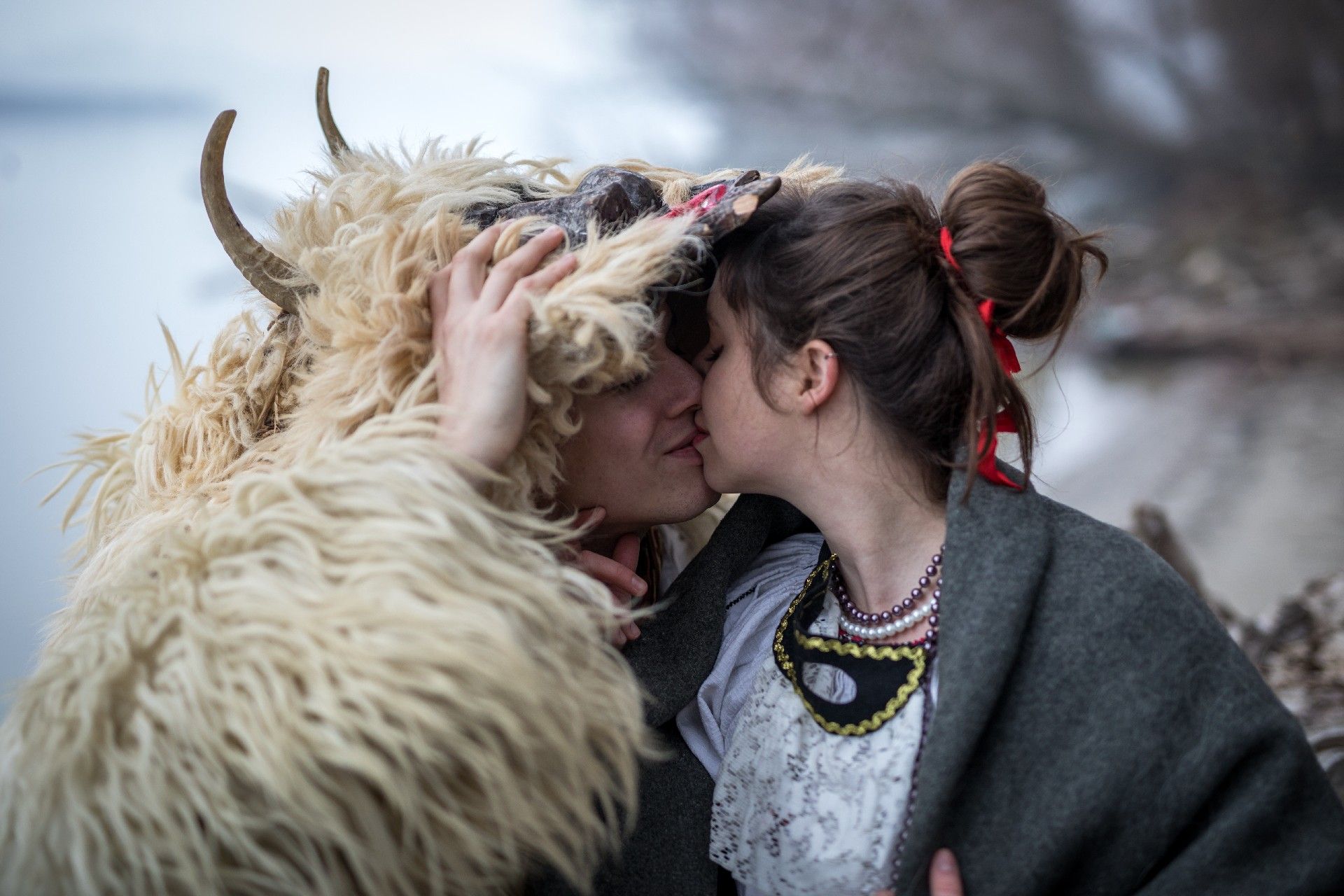
The typical characters of the tradition are the Busós, who traditionally wear a carved mask made of willow and painted with animal blood, fitted with a sheepskin hood, a short fur coat turned inside out, and straw-stuffed trousers. Less well-known but equally important are the girls dressed in the folk costume of the Šokci, who cover their faces; and the jankele, whose job is to keep onlookers away from the Busós.
This year the celebrations run from 16 to 21 February. More details can be found on the website of the Busójárás.
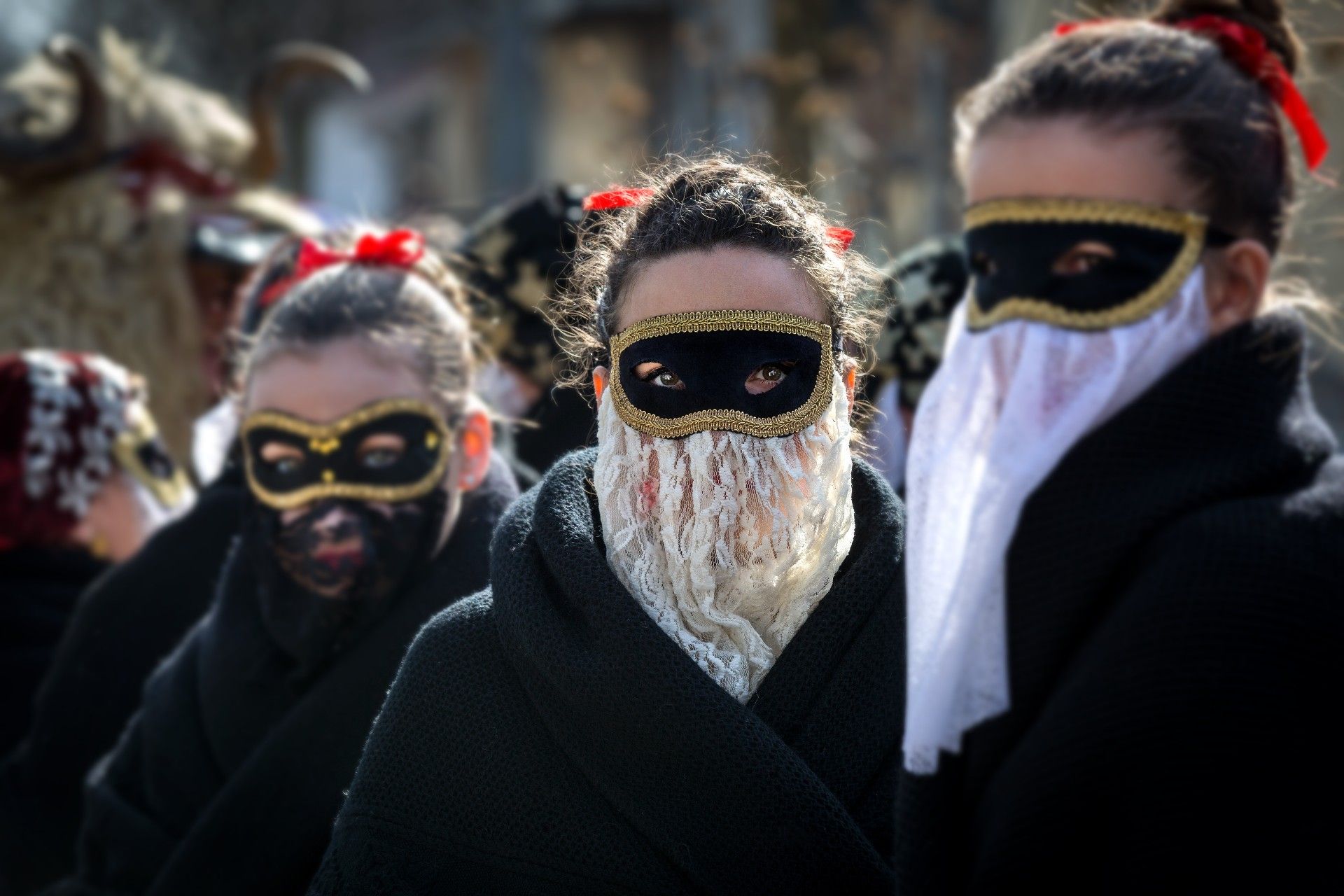

The photos featured in this article are all courtesy of the book Transformation—The Big Busó Book (Átváltozás – A Nagy Busókönyv), which was created by photographer Balázs Juhász and writer Katalin Simon in 2021. The book presents the unique tradition of the Mohács Busójárás in unprecedented detail. It is currently available for purchase at the Tourinform offices in Mohács.

Photos: Balázs Juhász

Belgrade-based studio designs a cooling tea shop for Dubai

IKEA launches joint collection with Scandinavian design icon
